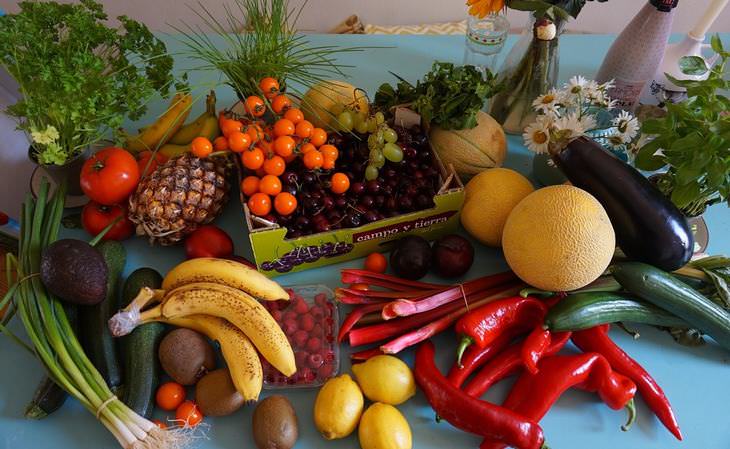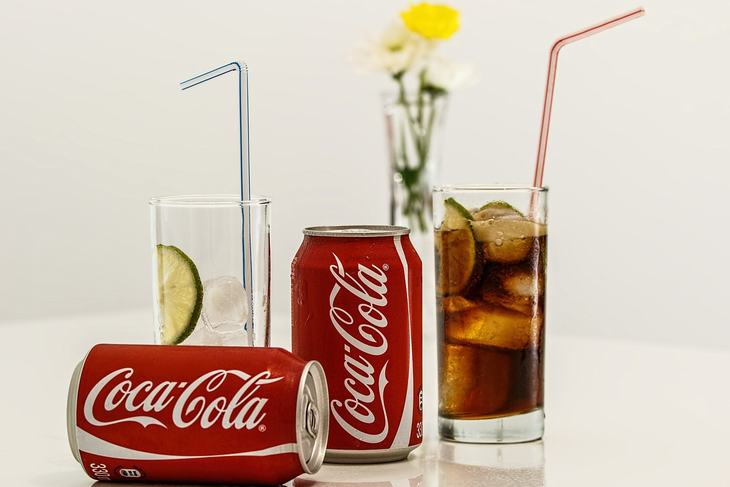I have quite recently become aware that sugar is dangerous for my health, but I never really knew much about it. So this warning, delivered by Laurent Adamowicz (a French-American founder and chairman of EChO - Eradicate Childhood Obesity Foundation) really came in handy for me. Adamowicz lays out a startling and shocking picture of just how sneaky certain food companies are when it comes to concealing the amount of unnecessary sugar they add to their products with bogus health claims.
Read on to learn about the key difference between primary and secondary sugar, that will help you distinguish between good and bad sugar, then have a look at Laurent's eye-opening video.
What is primary sugar?
Many of our favorite, wonderful and natural foods contain sugar. Vegetables, fruit, honey, dairy - you name it - just about all the things you are supposed to eat a lot of contain a significant, but low, percentage of lactose, which Laurent characterizes as primary sugar. It's primary because it's natural, a fundamental part of the kind of foods that our bodies really appreciate. This primary sugar is certainly beneficial. Including it in your daily diet can help your memory and even improve your mood; it gives you energy and can benefit your skin and blood.
What is secondary sugar?
Secondary sugar is added to something non-natural. Thus, as a simple example, a standard fizzy drink can contains around 7 teaspoons of sugar alone. However, this illustration does not give a full picture of the scale of hidden secondary sugar, which is added not only to obviously sweet and treaty products, but also to savory and purportedly healthy products. A very careful analysis of your product's packaging will reveal an alarming amount of sugar in such un-sweet items as bread, hamburgers, and mayonnaise.
The volume of secondary sugar is, even more, worrying in certain types of 'healthy' foods. For example, a fat-free salad dressing will contain more sugar than a regular bottle, while a gluten-free product contains 30-40% more secondary sugar. So, although we think that we are making a smart, healthy choice, we're probably not.
When we consider secondary sugar as perhaps the biggest health problem of our age, the level of deception appears very sinister indeed. So much so that it is very easily comparable to the conduct of tobacco and cigarette companies in previous decades.
How do we get addicted to secondary sugar - and what are the consequences?

Around half of mothers today choose, for one reason or another, not to breastfeed their infants, but to use widely available baby formula. Mothers' milk contains sugar: primary sugar at a reasonable level of around 7%. Yet standard made-up formula contains 16% secondary sugar, which is far more than the body needs. Worryingly, so-called 'organic versions' contain up to 37%, which is reckless and astonishing.
Furthermore, many 'toddlers' drinks' contain around 6 teaspoons of added sugar per bottle. Meaning, a child that has been weaned from one sugary drink can go straight to another, without his or her parents even realizing that the drinks contain an unnatural level of sugar. This process continues throughout childhood, causing a dangerous cycle.
The extra sugar in our system becomes glycogen or fat - which is stored for later use. However, with a regular habit, the fat stays within us and is very difficult to remove. If this process continues, the risk of obesity, type 2 diabetes, and heart disease grows. This can happen quite easily, and some have spoken about a 'sugar addiction'. Scans have shown that the dopamine in our brains that lights up when we reward ourselves (for example with sugar) does not light up in an addict, impelling them to repeat the process to get their fix.
What is the solution? Laurent explains
Laurent proposes we put extreme pressure on the authorities to make sugar content as clear as possible in order to inform customers what they are really buying. He is not satisfied with nutritional labels on the back of most products, since they have had no effect. He instead prefers to compare the situation to the warnings plastered on cigarette packaging.
He inspires us by showing that by applying pressure we too can make a difference to this ongoing and accelerating epidemic.



